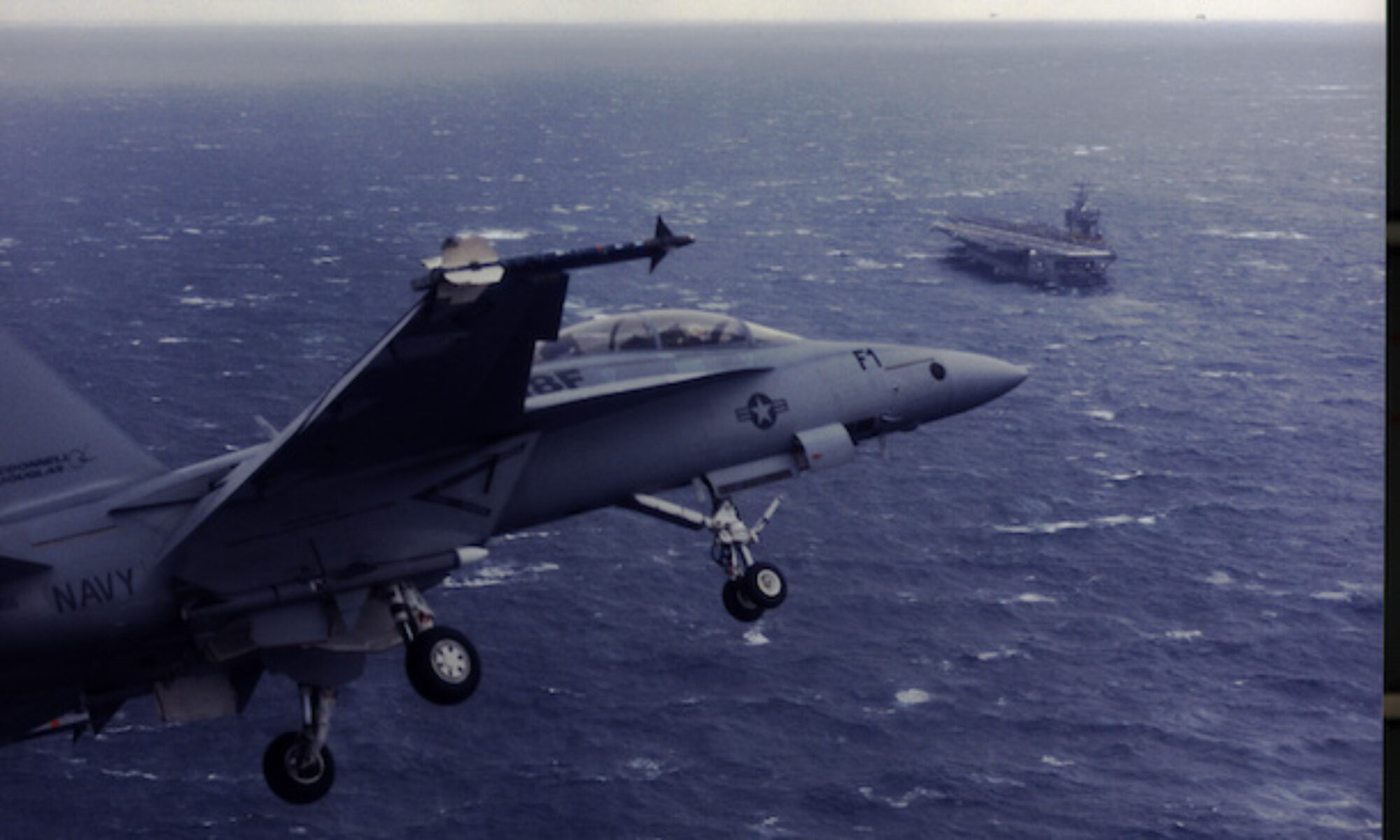Here is a look at what Jupiter has to offer in different seeing conditions (seeing is noted under each image):
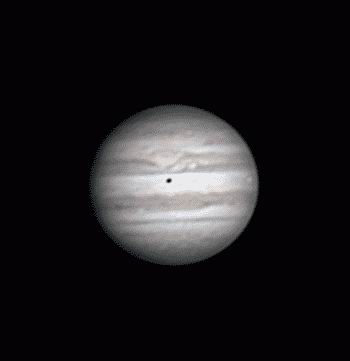
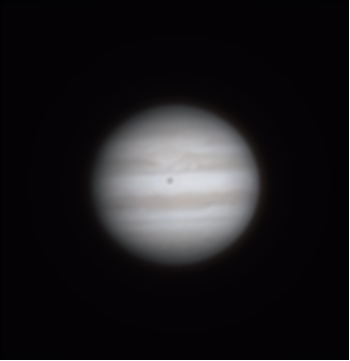

Saturn:

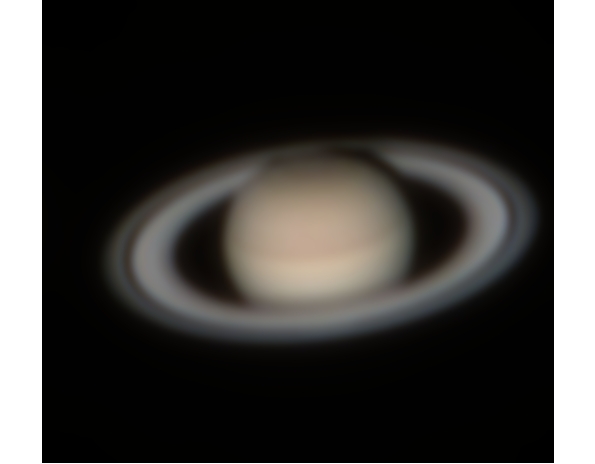

Moon (Plato)

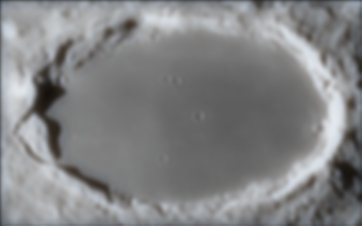
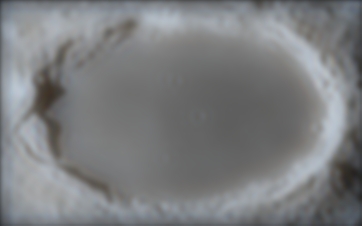
All of these images were from other folks. I downloaded them into Aberrator 3.0 and used that program to alter them so they represented what I saw at the eyepiece under those conditions.
As you can see, seeing is everything. I have had 8 of 10 seeing 4 times in the last year. 3 of those were during the summer months. Only 1 was between Sep and June. The jet stream spends a great deal of time over my house during those colder months and that means bad seeing. I’d say that during the colder months, seeing averages 3-4 out of 10. In the warmer months when the jet stream stays up in Canada, I average 5-6. So, I do a lot more deep sky work in the winter. It’s usually more transparent then anyway.
Here’s a representation of what Jupiter looked like on 8 Feb 2004:
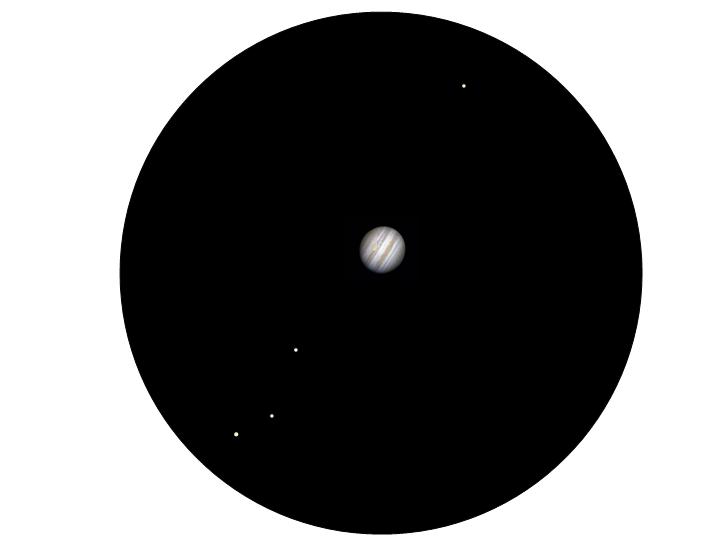
If you are set up for 1024×768 on your monitor, Jupiter itself should be about 5/8″ in diameter in this image. Now place your head 24″ from the screen and look at the image. That is what I saw in my 11″ Starmaster with a pair of 12.5mm UO orthos in the binoviewers (45 deg AFOV). This was 305x. At times, there was even more detail than that visible.
DEEP SKY
Here is a great site that has numerous sketches of deep sky objects. It is a good representation of what you might see:
Deep Sky Sketching and Observing
Observing Report 22 OCT 2003
I got up at 0400 this morning to spend some more time with the gas giants, Jupiter and Saturn. Ok, maybe a little peak at Orion as well. I normally don’t post observing reports, but this might be useful info for all the new owners out there that may be disappointed with their first look at these wonders.
This morning, seeing was as poor as I have seen it. The jet stream has made its trek down into my area where it will spend most of the next 5 months or so. This really effects my seeing conditions the most in the colder months. So I spent most of the morning looking at the poor images on that page. But there were moments when the seeing would improve to a 4 or so and I got to see the GRS and more bands. By moments, I mean out of the hour that I dedicated solely to Jupiter, I had less than 1 minute of better seeing. Most of the time I could just make out the 2 equatorial bands, but there were moments when I couldn’t even see those. Oh my, that’s bad!
So why is this all important? Well, for those going out for the first time with their brand spankin’ new telescopes, I wanted to make sure you had realistic expectations. I hope you see my 8 of 10 images. But if you don’t, realize that it may not be the telescope. Perfect collimation, mag 7 skies and a $750 eyepiece cannot overcome the effects of the atmosphere on the image you see.
If you see my poor images, defocus on the image and see if you can see the turbulence. You can use a star or planet for this, just defocus a lot until there is a very large white disc in the eyepiece. If the turbulence is relatively fast, that’s atmospheric turbulence. If it is very slow and disorganized, then that’s probably in your tube.
I will add that collimation is critical as well on these faster dobs (f/5 or f/4.7). My session started with a very poor image that I attributed to poor seeing, but something didn’t seem right. Even during moments of better seeing, the image was soft. Also, focus was more difficult than usual to locate. So I checked my collimation. The return shadow of the barlowed laser was off by about 1.5mm (not a lot, but enough). I turned 2 collimation knobs about 1/50th of a turn each and all was good. The image, during moments of better seeing, had more detail and focus was more snappy. Not to scare anyone, but it matters. Luckily, it’s also very easy.
TESTING THE LIMITS

If you can spot these 3 little craters in the Alpine Valley Rille, you are pushing the limits of the XT10. I have spotted them once. I have been trying to see the rille itself for 9 months without a positive sighting. I have had 2 excellent nights where the seeing was good and the moon was well placed, but I could not say for sure that I saw the rille.
STOP THE PRESSES! I SAW THE ALPINE VALLEY RILLE!
8 Feb 2004, the day that will live in infamy. OK, maybe not, but it was the morning that I saw the Alpine Valley Rille with my Starmaster. I am very pleased. Jupiter was about a degree away and looked wonderful as well. Here’s what I was able to see for sure:
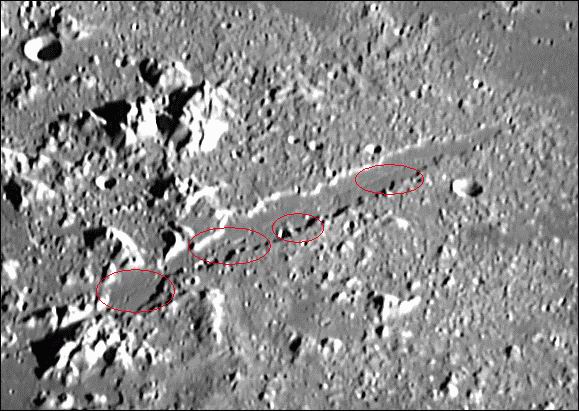
Seeing was mostly a 5, sometimes as good as 8. I was using my Starmaster 11″ EL with the Televue Binovues, 2″ Denkmeier OCS in 2.5x mode and a pair of 12.5mm UO orthos that gave me 305x. The 3 central craters and the portion of the rille that connects them were very clear. The outcropping halfway down the length of the rille was obvious. The part of the rille on the left of this image was in and out, but was definitely there. The portion of the rille on the far right of this image was hit and miss. I saw it several times, so I’m going to take credit for it.
This target has eluded me for a while and I was very glad to finally get to meet it. I did not set out to go after the rille tonight. Tonight was a GRS transit night along with a look at the little grey spot (LGS) that has developed nearby the GRS. The LGS is actually preceding the GRS now, not following as shown here:
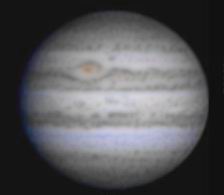
Now back to TESTING THE LIMITS…

This is Plato, on the moon 😉 You see all those little craterlettes in there? How many can you count from this picture? Well, here’s a hint:

I have seen 1-8 in this photo and the little one between 1 and 3 in the above photo. Not an easy task, mind you. Very good seeing and perfect collimation are required for this task.
AN EPIPHANY


The image on the top is the best I have seen with my XT10 that I talk about above. This technique I use of taking images off of the web and turning them into what I see using Aberrator is subjective. I can never get them to match up exactly to what I think I saw. There may also be some imagination involved or artistic license. A sketch at the ep would be a more credible representation, but I can’t sketch to save my life, so I use computers.
The important detail that I wanted to bring out in this comparison was the overall sharpness of the image, the greater level of detail in the outer rings and the more evident banding on the surface. This is what caught my attention immediately. There was also a hint of the Ekne division, as shown in the left hand image. I thought I had it twice, but could not be certain. Is it worth, $1,400 extra dollars? Only each individual can decide that.
This was at 600x. There was no more detail visible at 1000x, and I didn’t spend a lot of time there as the Portaball was not driven. Too much nudging. Even 600x was a bit untenable, but I managed to spend about 15 minutes looking at Saturn at 600x. Much to the chagrin of the owner of the Portaball who was ready to throw me out of his seat. But the 1000x image was not what I would consider worthy of observation. More of a science experiment or “because I could” exercise.
The 10″ Mark Harry mirror was equally impressive in detail. It was so close to the Portaball, I almost hate to identify a winner, but at the time, I thought the Portaball image was a little sharper. A double blind test would probably come out as a tie.
The 14″ SCT looked like the XT10 image. The image was not nearly as sharp as the premium dob mirrors.
All of the comparisons between the scopes were done at 450x (ish) and all happened over the course of 2 hours of switching from scope to scope. I used my Televue binoviewers with the 9 Nagler T6’s and 2x corrector in the Mark Harry dob. I used the Televue binoviewers and the 9 Nagler T6’s without 2x corrector in the 14″ SCT. I used a Tak LE in the Portaball because it would not balance with the binoviewers. Both the Mark Harry dob and SCT were tracking. The Portaball was a nudger. Even with the disadvantage of cyclops viewing and no tracking, the Portaball’s image was the best of the 4 telescopes.
So, I decided on Sunday to see what was out there with a premium mirror. That’s when I found the Starmaster 11″ EL f/5.4 with a Zambuto mirror that was for sale at a great price and it was local. And he wanted my XT10 in trade. Couldn’t pass that up.
So, I am a believer in premium optics. Will the seeing always support those magnifications? Not a chance, not here in MD. But I have a feeling that the perfection of the mirror will show itself in other ways under all viewing conditions. Others with premium optics have reported noticeable improvements in contrast and visible detail on deep sky objects as well as planets. Some folks describe their premium mirrors as acting one size larger. Carl Zambuto attributes this to the superior smoothness of his mirrors more so than the excellent figure. I will have to verify this claim for myself, but it makes sense. Add to that the perfection that Rick Singmaster purportedly builds into his Starmasters, and I may not have anything to upgrade. What will I do? I’ll fix things that aren’t broken like I always do 😉
